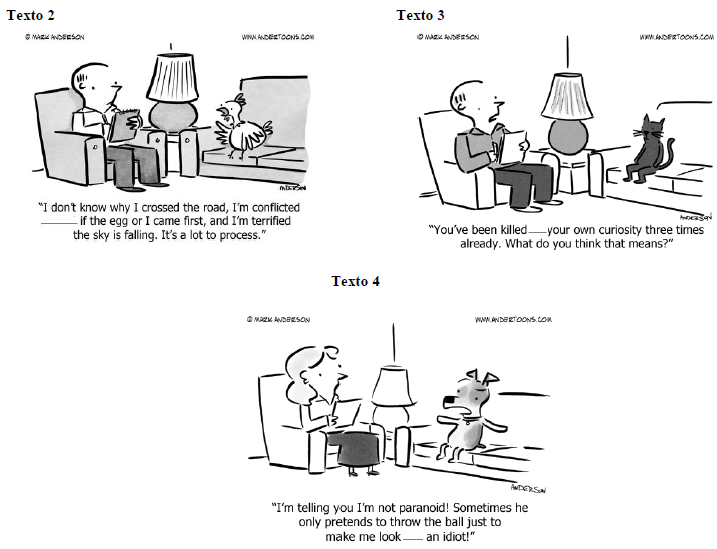Questões Militares de Inglês
Foram encontradas 4.268 questões
Texto 1

Observe o trecho:
Africa’s vast potential is coupled with immense challenges. Demographic trends, lack of infrastructure, and the legacy of colonialism are major obstacles Africa has to overcome if it is ever to become the agricultural superpower it aims to be. (2º parágrafo).
Considerando o contexto, as palavras destacadas podem ser traduzidas, em português, por
Texto 1

Texto 1

Com base no texto 1, analise as afirmativas abaixo:
I. As melhores terras do mundo para as atividades de pecuária e agricultura estão situadas na região central do continente africano, de acordo com pesquisadores.
II. Há muito mais jovens que velhos na pirâmide etária do continente africano, sendo essa a barreira mais difícil de se superar em relação à questão socioeconômica da África.
III. Sessenta por cento da terra arável, não cultivada do mundo, estão na África, de acordo com relatório da McKinsey & Company.
IV. As tendências demográficas, a falta de infraestrutura e o legado do colonialismo estão entre os obstáculos que a África precisa superar para se tornar uma superpotência agrícola.
V. Na África, as pessoas mais jovens estão menos interessadas na agricultura, buscando oportunidades econômicas em outras indústrias mais atraentes.
Estão CORRETAS apenas

Considerando o contexto e gramática da língua inglesa, assinale a alternativa cuja palavras completam CORRETAMENTE as lacunas dos cartuns (textos 2, 3 e 4).



What is Sleeping Beauty without the evil threat of the jealous witch, or Snow White and the Seven Dwarfs without a nearfatal dose of poison that confronts children, perhaps for the first time, with the notion of suddenly losing a loved one? (3º parágrafo)
Considerando o contexto, assinale a alternativa que traz a sequência das palavras destacadas CORRETAMENTE traduzidas para o Português.
Mark the option with the suitable question to answer the fragment below.
“When someone is married against their will”. (lines 56 and 57)
Mark the option that replaces the underlined words, respectively, keeping the same meaning.
“[...] many people often confuse child slavery with child labour [...]” (lines 48 and 49)
Considering the use of possessive adjectives, mark the alternative that completes the sentence below correctly
Modern slavery includes
